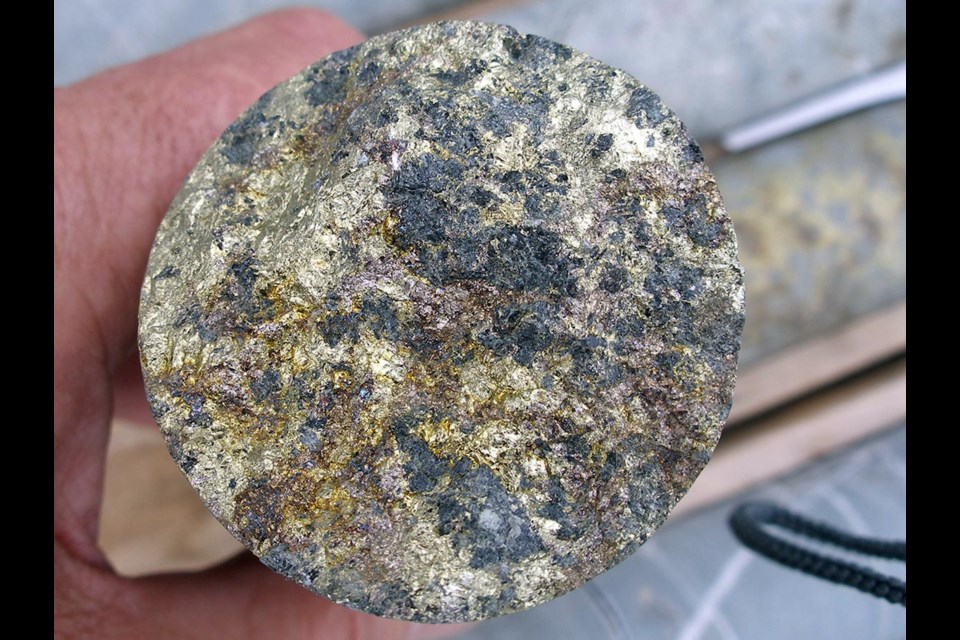A former Falconbridge nickel deposit near Kenora looks to have the legs and the economics to be put back into production.
Tartisan Nickel released a preliminary economic assessment (PEA) of its Kenbridge Nickel Deposit last week. The PEA study projects a nine-year mine with production of 52.6 million pounds of nickel and 30.7 million pounds of copper over that span.
The Toronto junior miner is looking to wedge its way into the North American electric vehicle supply chain.
In a July 12 news release, the company said the positive PEA makes the case for moving Kenbridge forward as an underground mine with a mining and processing rate of 1,500 tonnes per day.
The initial capital cost to bring the mine back to life is set at $133 million with sustaining capital of $93.1 million.
Located 10 kilometres east of Sioux Narrows and 70 kilometres southeast of Kenora, Kenbridge has been a dormant nickel deposit for decades in this patch of northwestern Ontario.
Want to read more stories about business in the North? Subscribe to our newsletter.
Nickel was discovered on the property in 1937. Falconbridge began construction of a 609-metre (2,000 feet) shaft in 1954 and mined the property for two and a half years. Two underground levels were developed. Falconbridge later made the decision to discontinue mining operations in 1958, deeming there was no feasible way to move the nickel ore to processing facility.
The property sat idle until 2007 when junior miner Canadian Arrow acquired the property, ran a 40,000-metre drill program and published a resource estimate and a PEA of its own in 2010. Tartisan picked up Kenbridge in early 2018 and has been running its own drilling program to come up with a new mineral estimate.
Kenbridge contains a measured and indicated resource of slightly more than 3.5 million tonnes of nickel at 0.70 per cent and 0.35 per cent copper. The inferred resource is more than 1 million tonnes at 1.21 per cent nickel and 0.56 cent copper.
Indicated and inferred resources have to do with the degree of confidence in a mineral resource with indicated being of higher confidence and inferred being lower.
There’s some cobalt in the mix but nickel would be the primary contributor to revenues, generating an estimated $837 million over the proposed mine life.
The company believes there is higher grade nickel at depth.
Sign up for the Sudbury Mining Solutions weekly newsletter here.
A PEA is an important first-pass economic step to assess a mineral project's potential viability. Once posted, mining companies generally move on to more in-depth pre-feasibility and feasibility studies. In the release, Tartisan gave no date when a prefeasibility study will start.
In a statement, company president-CEO Mark Appleby was “extremely pleased” with what he sees.
“There remains excellent potential to increase and upgrade the quality of the near surface mineralization at Kenbridge, thereby adding additional years of production or providing the basis for an increase in annual throughput.
“By adjusting the mining plan to be an underground operation it allows Tartisan to utilize the existing shaft infrastructure thereby accessing higher grades of mineralization early in the proposed mine life. The PEA provides compelling evidence to move towards feasibility and for the Kenbridge Nickel Project to move into production.”
A bush road into the site is being upgraded into a permanent all-season road, which will be ready in September. Environmental base line studies started in May to obtain the provincial permits and approvals needed to go into production. The company said it’s consulting with area First Nation communities to develop positive relationships.




